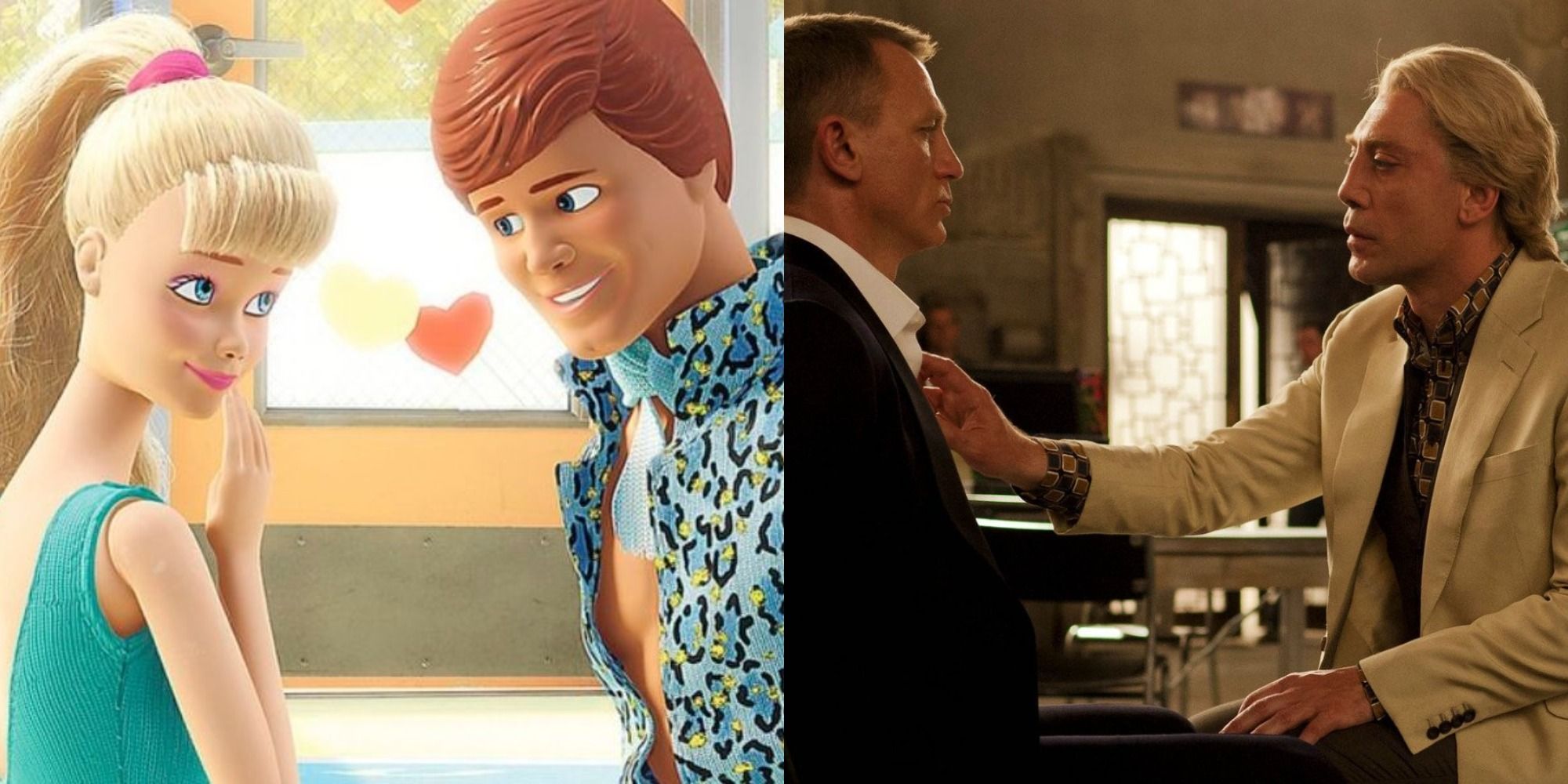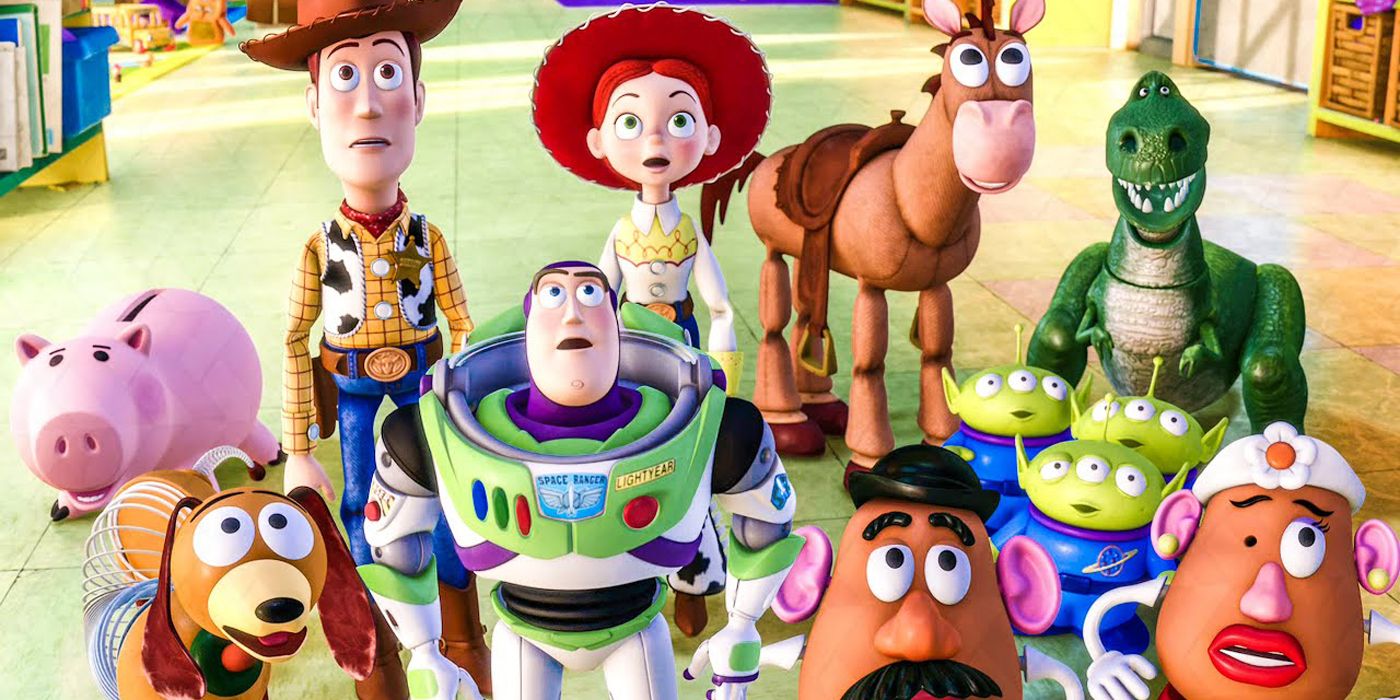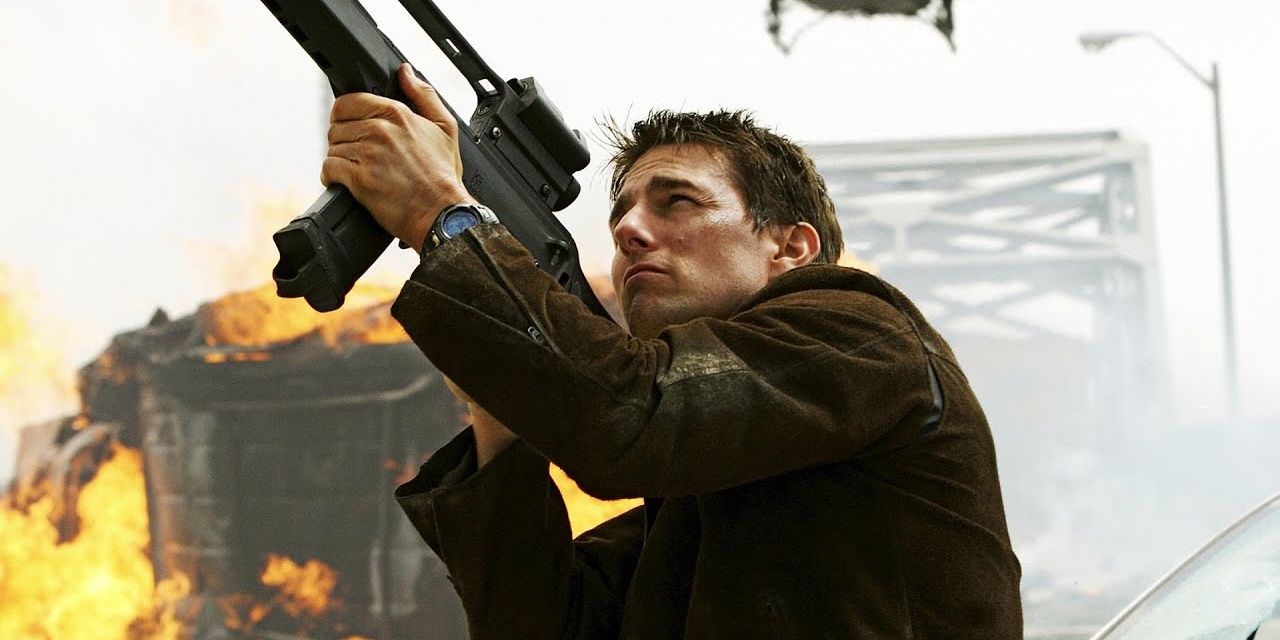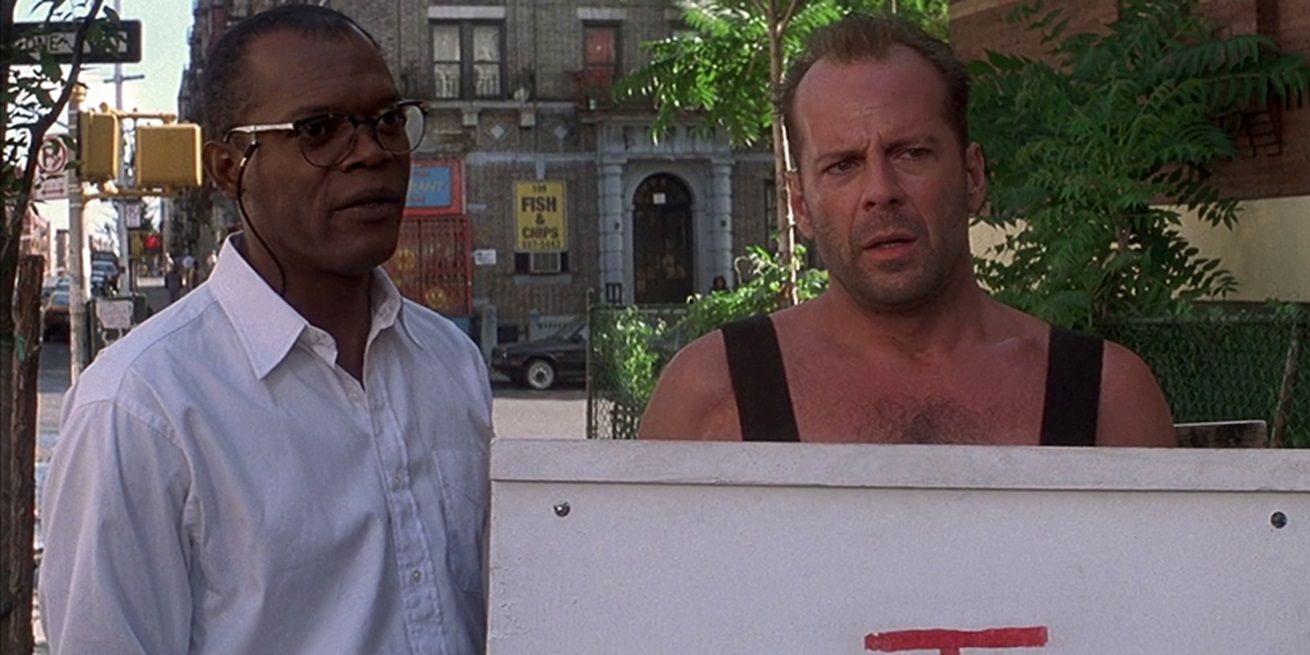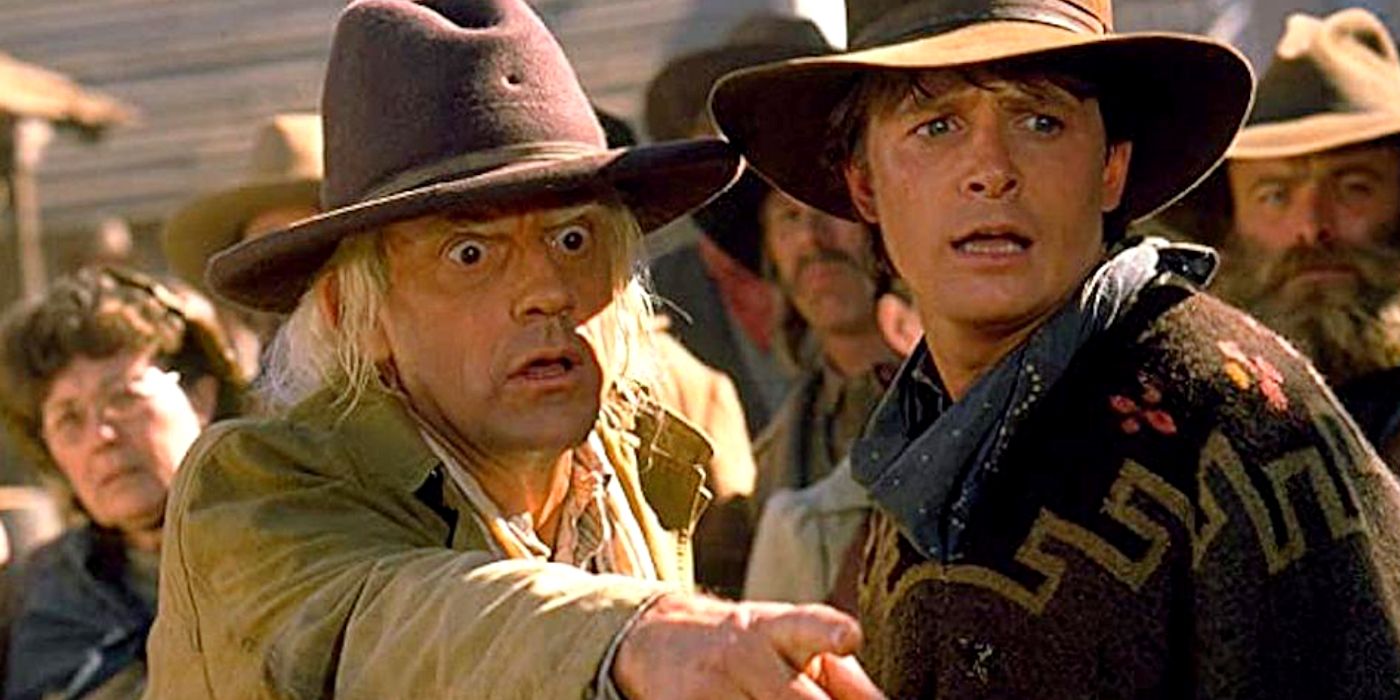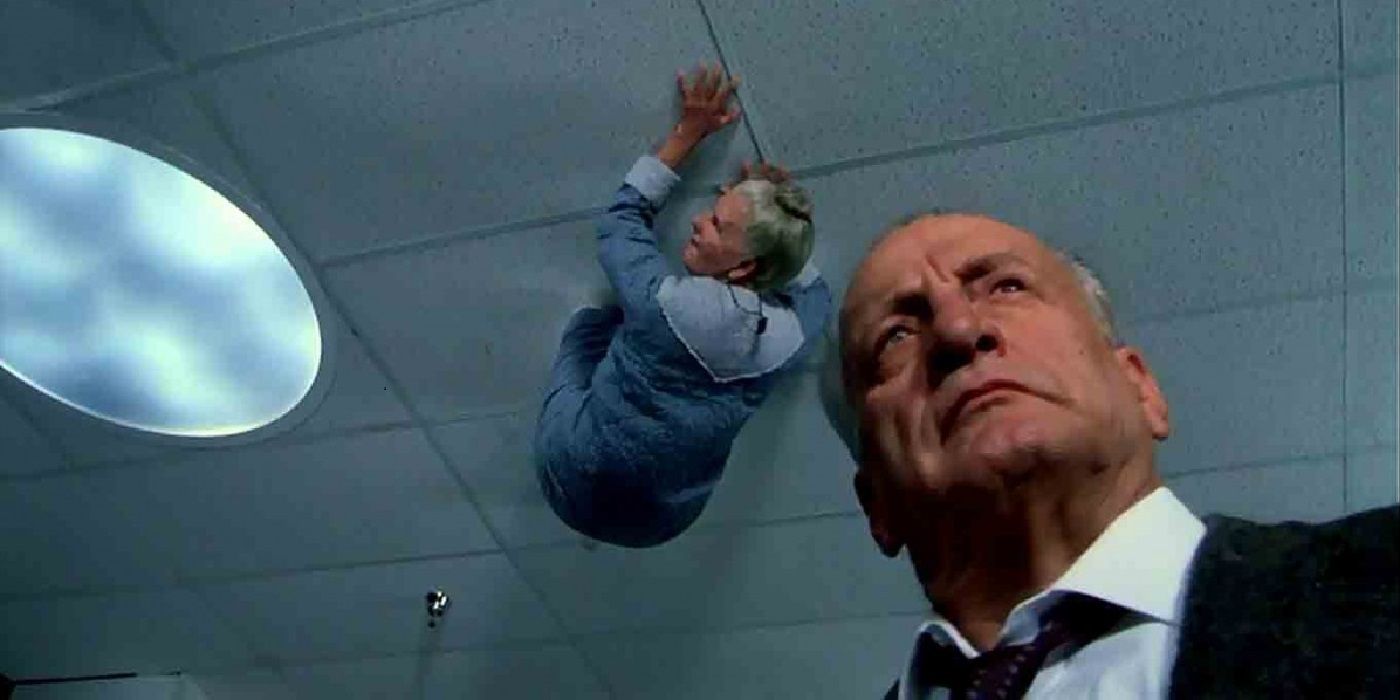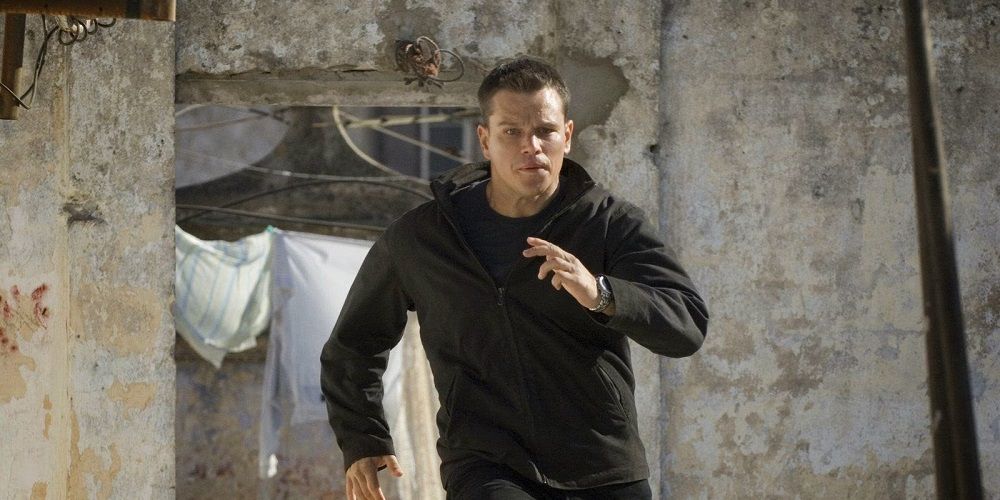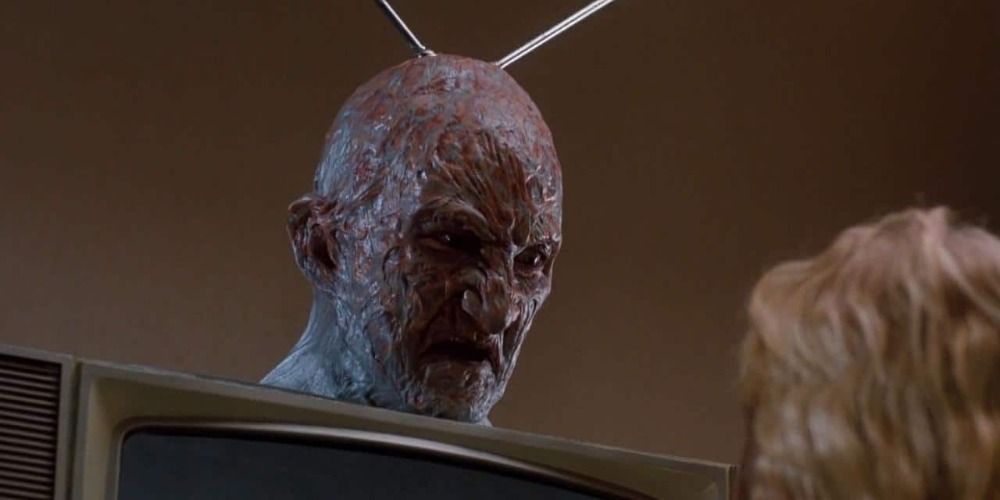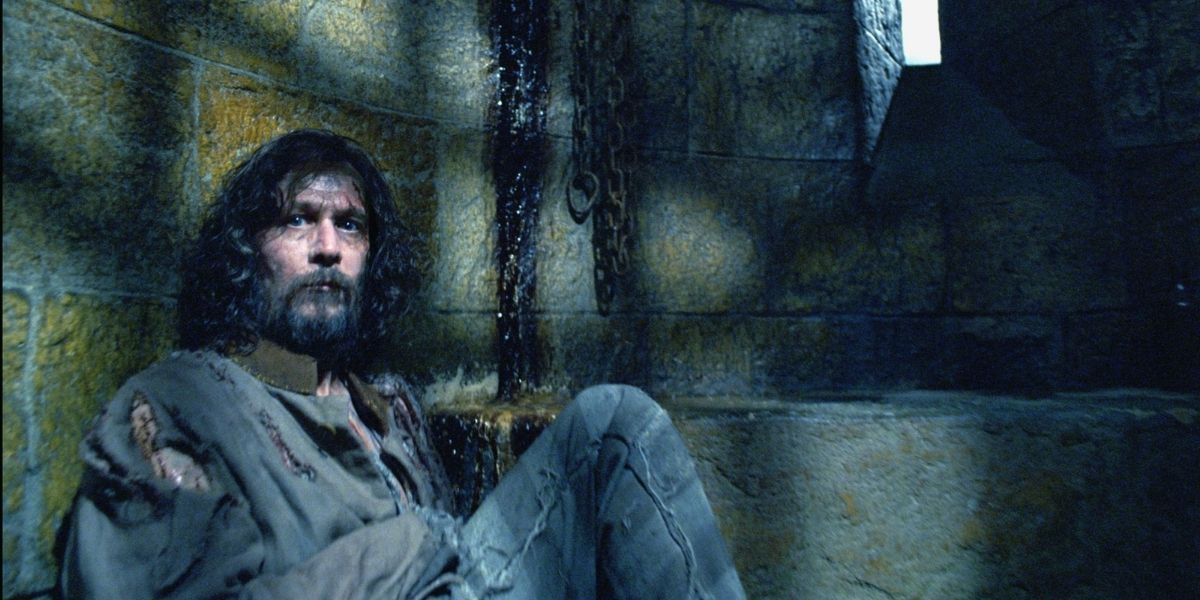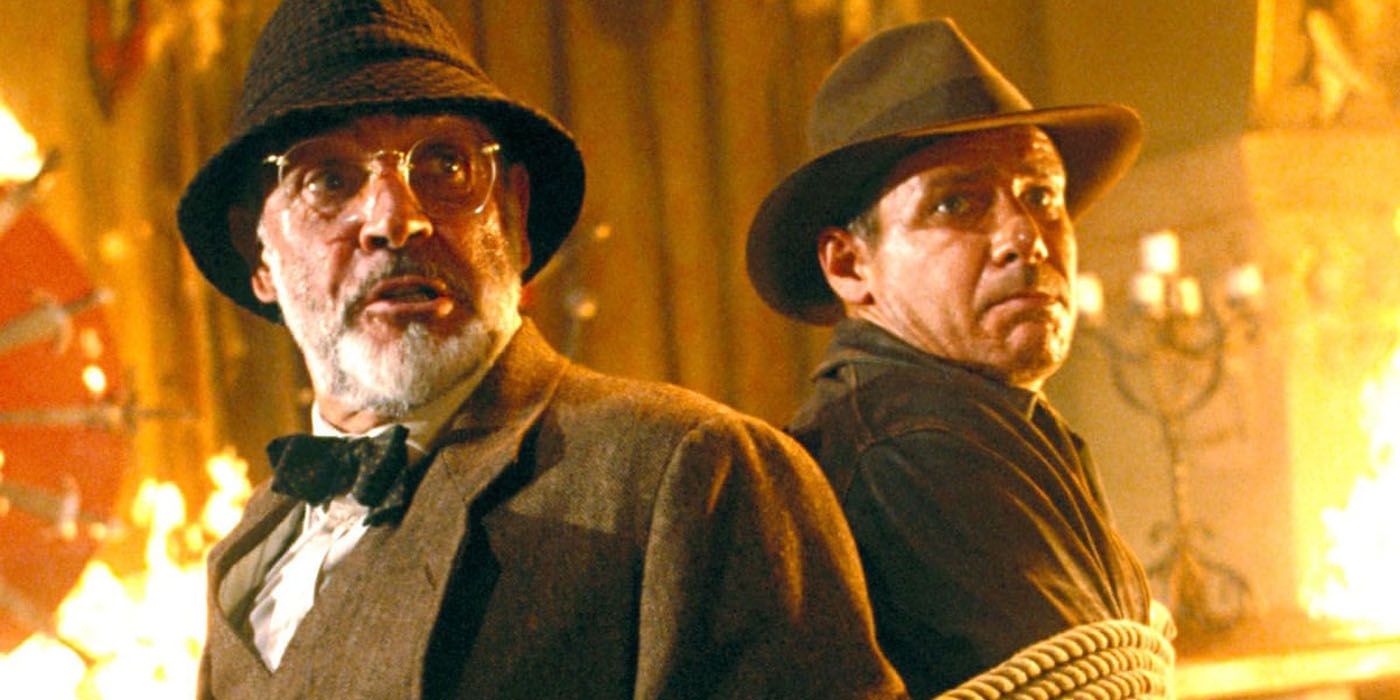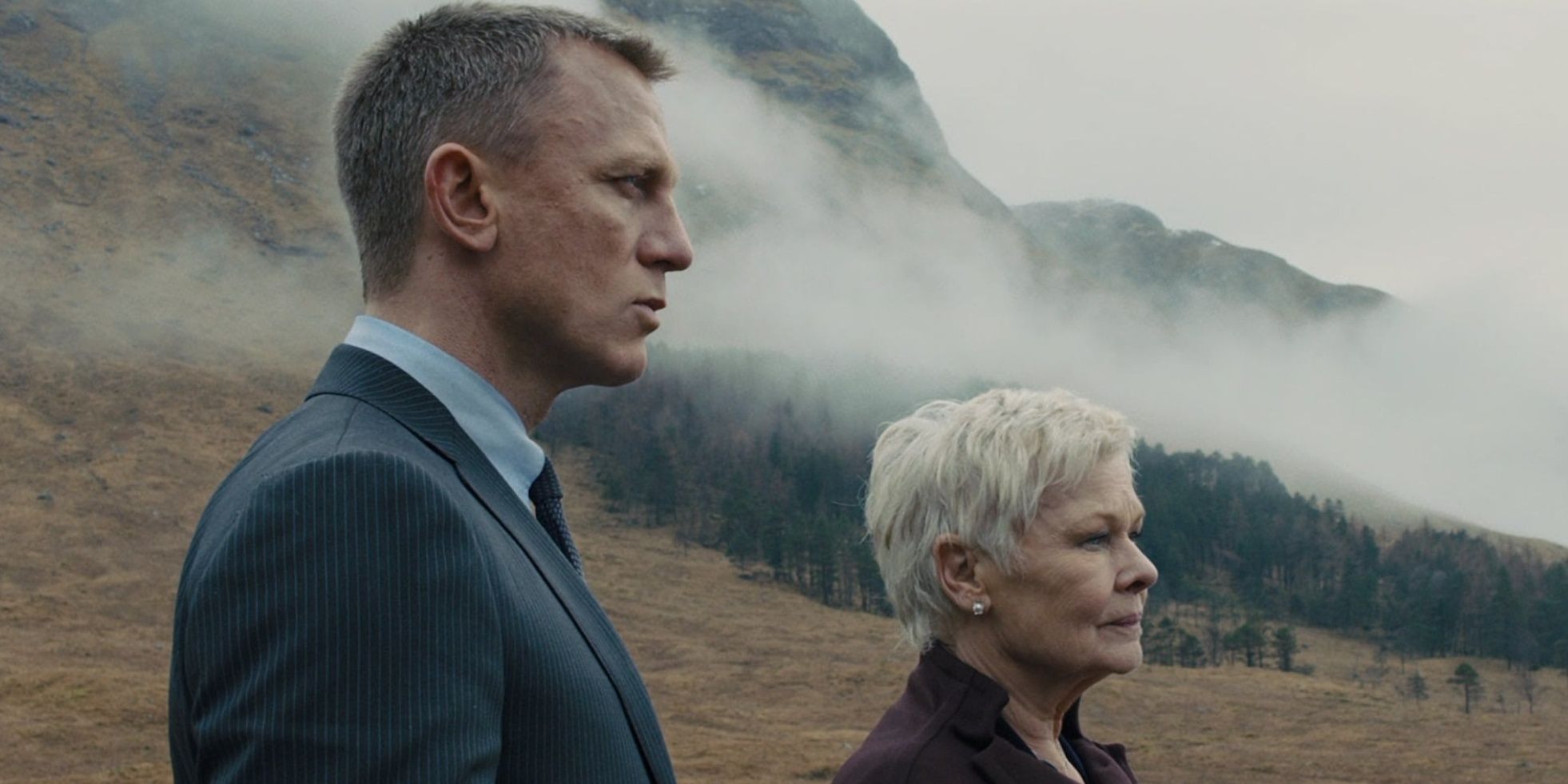Sometimes a sequel is released that falls either just short or very short of the standard set by the original movie. The first sequel isn't necessarily poor, but it's still seen as somewhat of a disappointment. Perhaps it's because the filmmakers played it safe and stuck to formula or tried something a little too different.
Then another chapter is released that tops the first sequel. This can sometimes save a franchise from becoming repetitive or stale. Usually, this is the result of new blood being injected into the franchise via a changeup in behind-the-scenes talent.
Toy Story — Toy Story 3 (2010)
No installment of the Toy Story franchise has been dismissed or disliked, but the odd-numbered installments tend to have greater acclaim. Toy Story 2 had a tone that was missing the energy of the original, even if it did work as its own film.
Toy Story 3 followed and was bestowed with several honors. The 2010 summer movie was nominated for Best Picture at the Academy Awards and took home a statue for Best Animated Feature. The film more than earned its success with a sneakily adult plot, a memorable villain, great new additions to the core toy group, and a fitting conclusion to the narrative (even if it would be furthered regardless with Toy Story 4).
Mission: Impossible — Mission: Impossible III (2006)
Mission: Impossible 2 may have been a box-office hit, but it's by far the franchise's least essential installment. John Woo is a terrific action director, but his style wasn't quite right for the franchise. Ethan Hunt isn't a character to have doves and bullets flying by him in slow motion like in Woo's Hard Boiled, Broken Arrow or Face/Off.
Mission: Impossible – Ghost Protocol was the film to establish the series' tone in full, but Mission Impossible III was a major course correction after MI2. J.J. Abrams made a tightly-paced film that didn't resort to outlandish action.
Die Hard — Die Hard With A Vengeance (1995)
Die Hard 2 was well received in its own right, but it was Die Hard with a Vengeance that has gone on to become the most revered Die Hard sequel. Die Hard 2 was content to tread familiar territory, simply switching Nakatomi Plaza for an active airport.
Vengeance ups the stakes while doing justice to the original. As Zeus, John McClane's unofficial partner, Samuel L. Jackson is a welcome addition to the franchise. Jackson brings reason to his role, serving as a fine counterbalance to McClane's rough demeanor. Bringing another member of the Gruber family into the narrative also works without forcing the third film's connection to the first.
Back To The Future — Back To The Future Part III (1990)
Back to the Future Part II and Back to the Future Part III were early examples of how sequels could be filmed back-to-back. Neither film holds a candle to the original, but the Western-themed Part III is easily the more rewarding experience.
Part II found the series becoming a little too self-referential (particularly to other Universal Pictures films such as Jaws) and convoluted. Michael J. Fox and Christopher Lloyd are still welcome presences as Marty and Doc Brown, respecitvely, but the wrap-up of Doc's arc in Part III is more satisfying than anything in Part II.
The Exorcist — The Exorcist III (1990)
The Exorcist II: The Heretic was derided by just about every critic and audience member who watched it. The Exorcist III was divisive but widely seen as a marked improvement over its predecessor.
The Exorcist author/screenwriter William Peter Blatty directed the film, itself an adaptation of his novel, Legion. Anchored by a committed George C. Scott in the lead role, the film is also assisted greatly by Brad Dourif. As the Gemini Killer, he's ferocious (and given far more screentime in the superior director's cut).
Bourne — The Bourne Ultimatum (2007)
The Bourne Supremacy was far from a reviled installment of the Bourne franchise, but The Bourne Ultimatum is almost universally seen as the series' best film.
The pacing of Ultimatum is far less laborious than Supremacy and there's a better balance between fast-paced action and detailed dialogue. It also contains Damon's most energetic performance as the titular character, David Webb/Jason Bourne. Another of the film's strengths is that it satisfyingly answered questions raised by Identity and Supremacy. Furthermore, the film's inclusion of vastly underrated actor David Strathairn was a great addition.
A Nightmare On Elm Street — A Nightmare On Elm Street 3: Dream Warriors (1987)
While politically ahead of its time, A Nightmare on Elm Street 2: Freddy's Revenge was seen as a letdown by fans. As far as horror sequels go, A Nightmare on Elm Street 3: Dream Warriors is easily towards the top of the franchise.
Doubling down on what worked in the first film, the threequel is fun and scary from beginning to end. Dream Warriors was the first to introduce Freddy's sense of humor. It was also the only one that really nailed the balance between his teeth-gnashing evil and aw-shucks jokes. The third installment being one of the series' best is far from an unpopular opinion about A Nightmare on Elm Street.
Harry Potter — Harry Potter And The Prisoner Of Azkaban (2004)
With the exception of the two Fantastic Beasts films, Harry Potter and the Chamber of Secrets almost always places at the bottom of fans' rankings.
Harry Potter and the Chamber of Secrets has magical scenes like the rest, but its plotting was too full of details from the book. Harry Potter and the Prisoner of Azkaban, however, is seen as one of the franchise's most impressive installments, with both Alfonso Cuarón's distinct direction and the film's darker tone singled out for praise.
Indiana Jones — Indiana Jones And The Last Crusade (1989)
Partially responsible for the PG-13 rating, Indiana Jones and the Temple of Doom was seen by many as just a bit too much in terms of graphic content and bleakness in tone. In all of Temple of Doom's darkness, much of the fun in Raiders of the Lost Ark was lost.
The well-aged Indiana Jones and the Last Crusade came in swinging with the casting of Sean Connery. As Indy's father, Connery shares electric chemistry with Harrison Ford. Critics and fans alike tend to view this third installment as the second-best of the franchise.
James Bond — Skyfall (2012)
Quantum of Solace, Daniel Craig's second outing as 007, had issues behind the scenes, courtesy of a writer's strike. While fans found it watchable, it consistently falls towards the bottom of Bond rankings.
Frequently cited as one of the best James Bond movies, however, is Skyfall. It managed the balancing act of saying farewell to Judi Dench's beloved M while introducing Naomie Harris' Eve Moneypenny, Ralph Fiennes' Gareth Mallory, as Ben Whishaw's Q. The film set the tone for the franchise's next two installments: Spectre and No Time to Die.

